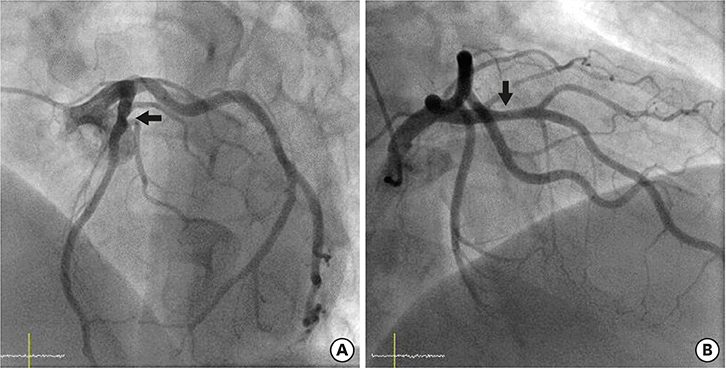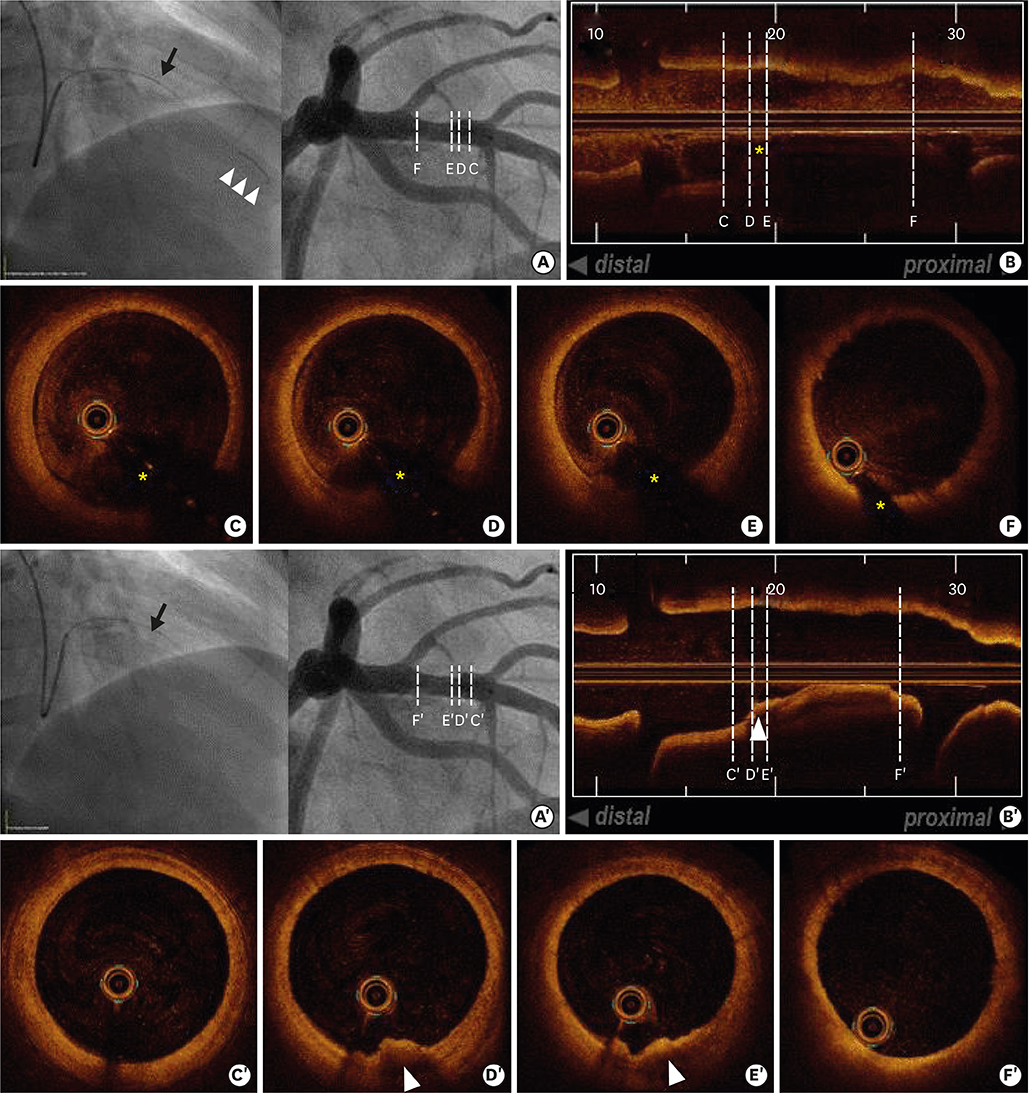Korean Circ J.
2019 Sep;49(9):879-881. 10.4070/kcj.2019.0088.
Optical Coherence Tomography: Defined Plaque Erosion after Removal of a Coronary Guidewire
- Affiliations
-
- 1Division of Cardiology, Keimyung University Dongsan Medical Center, Daegu, Korea. shur@dsmc.or.kr
- KMID: 2455796
- DOI: http://doi.org/10.4070/kcj.2019.0088
Abstract
- No abstract available.
MeSH Terms
Figure
- Full Text Links
- Actions
-
Cited
- CITED
-
- Close
- Share
- Similar articles
-
- Successful Primary Percutaneous Coronary Intervention without Stenting: Insight from Optimal Coherence Tomography
- Optimization of Percutaneous Coronary Intervention Using Optical Coherence Tomography
- Multimodality Intravascular Imaging Assessment of Plaque Erosion versus Plaque Rupture in Patients with Acute Coronary Syndrome
- Acute coronary syndrome and vulnerable plaque
- Advances in Intravascular Imaging: New Insights into the Vulnerable Plaque from Imaging Studies



